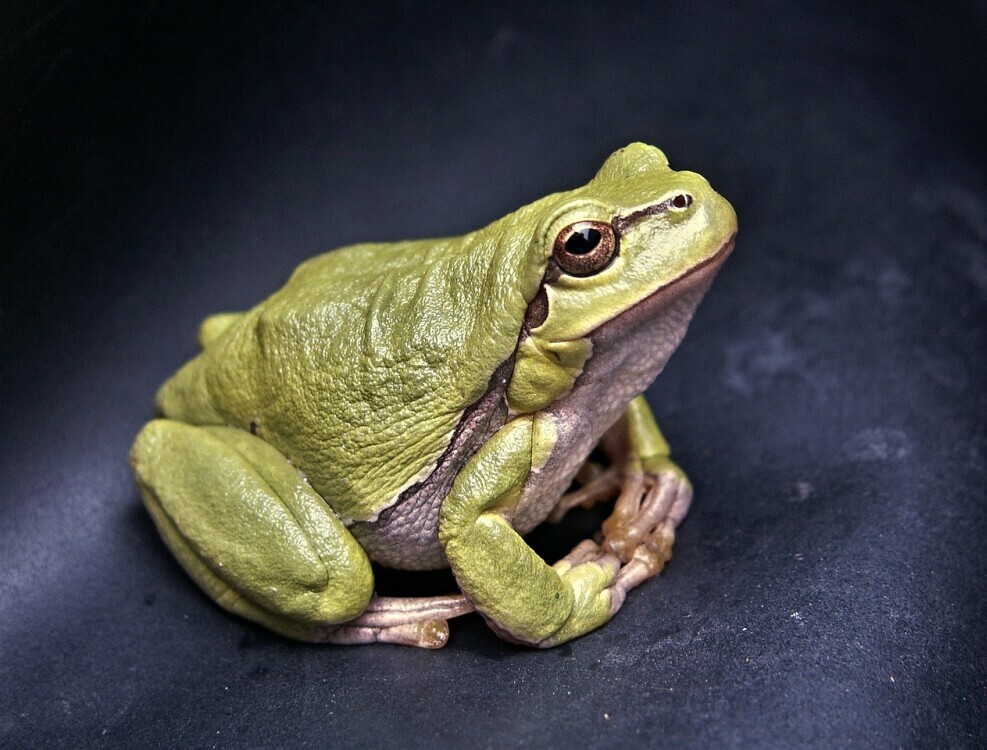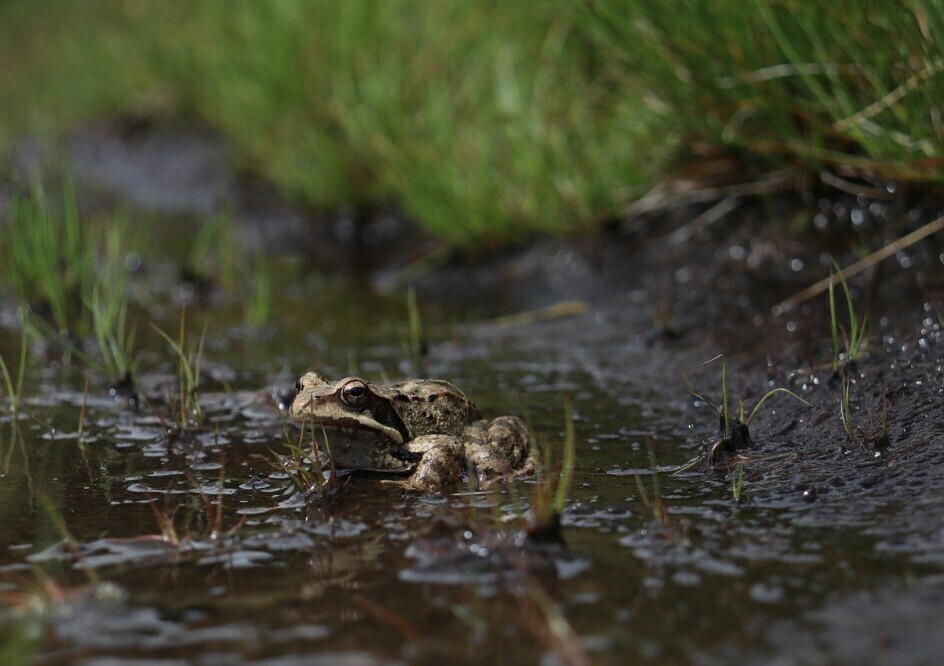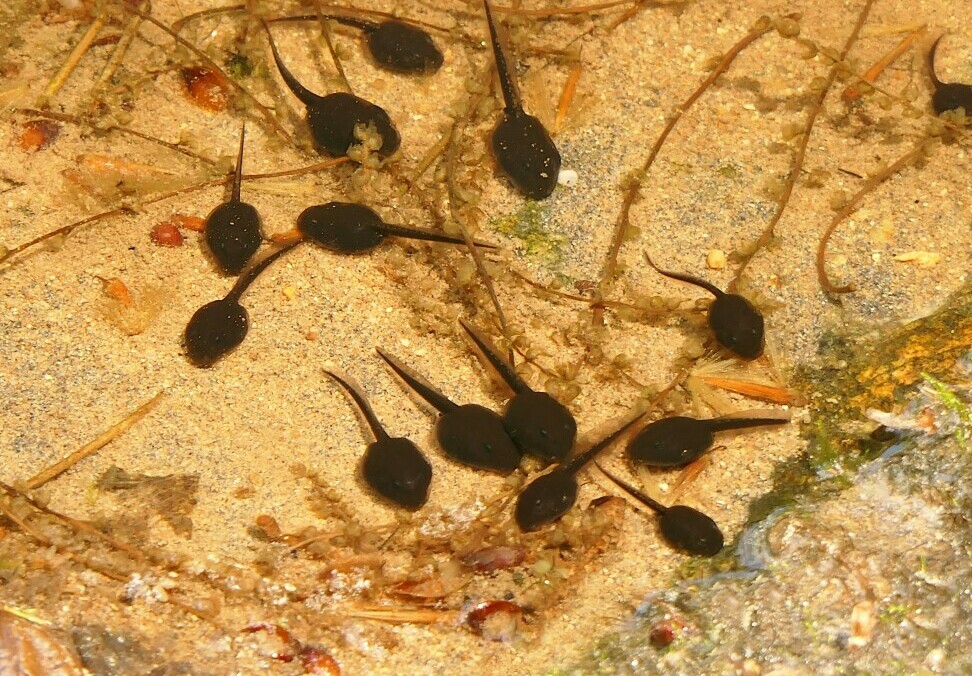Did you know that frogs, toads, and other amphibians are considered Indicator Species? These amphibians are sensitive to environmental changes. Their presence (or absence) can tell us a lot about the health of an ecosystem. If frogs and toads are thriving, it’s a good sign that things are in balance.
When you think about conservation, elephants, tigers, and other charismatic mega-fauna might spring to mind. But there’s a whole group of small, yet immensely important creatures that deserve our attention as well: frogs and toads. These amphibians are critical to the balance of ecosystems around the world. Today, I’m going to be talking about these incredible animals, their diversity, and why they matter to ecological systems.

Amphibians, specifically frogs and toads, are astonishingly diverse. With over 7,000 known species, they have conquered a variety of habitats and play multifaceted roles in nature. Their life cycles are unique because they begin in water as tadpoles before most transform into land-dwelling adults. This dual lifestyle contributes significantly to both aquatic and terrestrial environments.
You’re going to find out about frogs and toads acting as environmental indicators. What makes them so special is that their permeable skin is incredibly sensitive to changes in the environment. Shifts in air and water quality, or alterations in climate conditions, can directly affect their survival. So, if something’s affecting them, you can bet it’s also impacting the broader environment in one way or another.
This isn’t just about a few species facing challenges; it is about the health of our planet. Frogs and toads are integral to many processes that support life on Earth, such as water filtration, nutrient cycling, and providing a food source for a variety of other creatures. Simply put, they’re environmental heavyweights in petite packages.
The Plight of the Croakers: Threats to Frog and Toad Populations
I’m going to walk you through the harsh realities facing our amphibious friends. Frogs and toads play a crucial role in our ecosystems, but they’re under threat from a variety of sources.
Habitat destruction is a significant issue. Amphibians depend on wetlands, forests, and even our own backyards. When these areas are destroyed for agriculture, urban development, or mining, the homes and breeding grounds for these creatures vanish.
Pollution and chemical contaminants are a double-edged sword. On land, pesticides and herbicides used in farming can poison amphibians directly, or contaminate the insects they eat. In water, runoff from farms, industrial waste, and plastic pollution can disrupt sensitive aquatic environments.
If you think climate change just means warmer temperatures, think again. For frogs and toads that rely on seasonal patterns to breed, changes in climate can throw off their entire life cycle.
Now, let’s not forget about infectious diseases. Chytridiomycosis, caused by the chytrid fungus, has decimated populations. This skin-eating fungus can lead to heart failure in amphibians, and it’s been spreading globally.
You’re going to find out that while the situation may seem dire, hope is not lost. Communities, researchers, and conservationists are banding together to turn the tide.

Conservation Crusaders: Efforts to Save Frog and Toad Species
I’m going to walk you through some genuine heroes in the field of amphibian conservation. These folks aren’t wearing capes, but their dedication to frog and toad species is nothing short of superhuman. There are a myriad of organizations across the globe that have taken up the mantle to protect these creatures.
You’re going to find out about initiatives like ‘Amphibian Ark’, which focuses on saving critically endangered species by creating secure captive populations. They’re essentially amphibian Noah’s Arks, sheltering species from the storm of extinction.
Let’s not forget the local efforts that are equally vital. Community-driven conservation programs play a big role, particularly in areas with high biodiversity. In some parts of the world, local people are directly involved in projects that monitor populations and restore wetland habitats.
Success stories abound and they’re worth yelling from the rooftops. Take the reintroduction of the Mallorcan midwife toad. Once thought to be extinct in the wild, this tiny toad has made a roaring comeback thanks to intense conservation management and captive breeding programs.
If you want to see change in your own backyard, think globally but act locally. Conservation isn’t just a job for the experts; it’s a movement. Communities coming together to clean up wetlands or lobby for legislation that protects toad habitats – it’s all part of the bigger picture of conservation.
The Ripple Effect: Why Frog and Toad Conservation Matters
You’re going to find out about why conserving frogs and toads isn’t just about saving these little critters themselves; it’s about preserving the intricate web of life they support. Frogs and toads play a pivotal role in maintaining healthy ecosystems through pest control. They’re voracious eaters of insects, which means that without them, we could see a spike in pest populations, potentially leading to crop damage and spreading diseases.
The disappearance of these amphibians can have a domino effect on the food web. Various predators, including birds, mammals, and other reptiles, rely on frogs and toads as a food source. If frogs and toads were to vanish, it could lead to hunger and subsequent decline of these predator species. This illustrates how even the smallest creatures are vital to the larger ecological narrative.
Furthermore, a diverse population of frogs and toads contributes to the overall resilience of ecosystems. Biodiversity is like an insurance policy for the environment; the more species that exist, the better nature can withstand and recover from challenges such as diseases and climatic changes. This is a crucial point to remember, as a resilient ecosystem provides many benefits to humans as well, from clean water and air to resources for medicine.
As we move into the next section, consider that protecting frogs and toads means more than just safeguarding these amphibians; it’s about taking actionable steps to maintain the overall health and longevity of our environment. In the following part of the article, we’ll explore practical measures you can implement to make a positive impact. From creating amphibian-friendly spaces in your own backyard to participating in broader conservation efforts, there’s plenty you can do.

Leap Into Action: How You Can Help Protect Frog and Toad Populations
In my opinion, the beauty of conservation is that everyone can play a part. You’re going to find out about simple, effective ways to make a difference for frogs and toads right in your own backyard. Don’t worry too much about having to make grand gestures; even small efforts can have a big impact.
Creating and maintaining backyard habitats is a fantastic start. Choose native plants that provide shelter and food for amphibians, and if possible, install a small pond for them to breed. You’ll be amazed at how quickly they might take up residence!
Supporting sustainable agriculture and pesticide reduction isn’t just about buying organic. It also means advocating for policies that protect our waterways from agricultural runoff, which can be lethal to our amphibious friends.
Participating in citizen science projects and monitoring programs is a great way to get involved and contribute to the knowledge base that helps protect these species. Your observations can help researchers track population trends and understand the challenges these creatures face.
I really hope that you feel empowered to take these steps. Every action you take can ripple through the ecosystem with positive effects. And remember, conservation work is a marathon, not a sprint; you can always adjust your approach down the road as you learn more and discover new ways to help.
The Future of Frog and Toad Mindeful Conservation: A Roadmap Towards Sustainable Coexistence
You’re going to find out about the horizon of amphibian conservation with a sense of optimism. Their survival isn’t just about frogs and toads; it’s also about maintaining the symphony of nature where every species plays a critical note.
In my opinion, advancing research is pivotal. Experts are tirelessly working to understand the nitty-gritty of amphibian diseases, seeking solutions that could turn the tide for these vulnerable creatures.
However, the story of conservation doesn’t end in the laboratories or the swamps. It stretches into the halls of governments where the need for stronger environmental policies is evident. Policies that not only protect habitats on paper but also breathe life into the efforts of conservationists on the ground.
Don’t worry too much about whether your individual action makes a difference. When communities come together, the impact can be profound. Education and awareness are the bedrocks of this collective push. Imagine communities where every member is a guardian of the local ecosystem!
And let’s not forget the potential of modern marvels such as genetic and reproductive technologies. From creating disease-resistant breeds to restoring populations in the wild, there’s a lot of opportunity in these scientific breakthroughs.
Choose something that resonates with you, from signing a petition for environmental causes to volunteering at a wetland. Your first attempt doesn’t need to be your last—you can always adjust your approach down the road.
I really hope that the roadmap laid out here sparks a desire to act, to share, and to persevere in the battle for biodiversity. Thanks for reading, and I’ll see you on the front lines of conservation.
